Anne Greenwood Brown wrote her first book at the age of
five. It was titled “Agatha the Witch”. Since then, she’s written short
stories, a bunch of horrible poetry, a MG novel about a lonely preacher’s kid,
and I’ve got a start on a novel about an Irish-dancing football player. But for
the last couple years my obsession has been a dysfunctional family of merpeople
on Lake Superior. Her debut novel, LIES
BENEATH, was published by Random House (Delacorte Press) in 2012. The
sequel, DEEP BETRAYAL released in 2013. She’s a guest blogger on Writer Unboxed. She lives in Minnesota
with her amazingly patient husband and their three children. You can fins Anne
on her website, Facebook, and Twitter.
Literary Allusion
(used with the author’s permission
from Writer Unboxed)
Let’s talk about literary allusion. For some of you, it
may be a literary device you haven’t thought much about since tenth grade
English, but it is a technique that I love as a reader and turn to often in my
own writing to inform a character, to enrich a scene, or to evoke emotion.
First. A refresher. Literary allusion is a quick
reference to something or someone of historical significance–whether real or
fictional. “A little bit of one story joins onto an idea from another, and hey
presto, . . . not old tales but new ones.” (Salman Rushdie, Haroun and the
Sea of Stories (1990))
But the success of an allusion in enhancing the new tale
depends on how well-seated the old tale is in the intended audience’s
collective psyche. For example, a writer would have greater success with an
allusion if it were made to Leonardo da Vinci’s “Mona Lisa,” than if it were
made to Leonardo’s “Ginevra de Benci.” Most, if not all of us can immediately
call to mind Mona Lisa’s secretive smile, but what of poor Ginevra? Hers is a
face that has been lost to the centuries.
Consider this excerpt from Stephen King’s Doctor
Sleep (2013): “Danny strolled to the town common, sat on one of the benches
in Teenytown and took one of the bottles out of the bag, looking down on it
like Hamlet with Yorick’s skull.” It is a successful allusion because it adds
meaning to the scene (the bottle is a symbol of the shortness of life, just
like the skull) and because it informs the reader about the character of Danny
(the bottle has been his longtime acquaintance, just as “Poor Yorick” was to
Hamlet).
So it is good to remember the general rule: that
allusions should recall something commonly accessible. But like most rules,
don’t be afraid to break this one because allusions can also be just about
having fun.
 |
| Dorothy Must Die by Danielle Page (HarperCollins 2014) |
Having Fun with Titles. Using literary allusions in titles has long
been a fashionable thing to do. For example, Ray Bradbury’s Something Wicked
This Way Comes alludes to Macbeth IV.i; Agatha Christie’s The Mirror
Cracked alludes to Lord Alfred Tennyson’s “The Lady of Shalott;” and
Marissa Meyer’s popular YA series alludes to favorite fairytales: Cinder
(Cinderella); Scarlet (Red Riding Hood); Cress (Rapunzel); and Fairest
(Snow White).
Allusive titles can easily fall into a clichéd trope,
but they can be meaningful when the reference is not only “catchy” but
spotlights the theme or message of your story. For example, the movie title
“Mona Lisa Smile” (2003) is an effective use of literary allusion because the
movie is about an art professor, but also because it evokes a clear image of a
woman with a secret. In this case, the 1950s art professor who moves to
Wellesley College personifies the “secret” of the coming cultural revolution
for women.
Having Fun with Characters. Another way to use allusion is to inform the
reader about the nature of a character. Name someone Abe, and the reader will
assume they are honest. Name them Benedict Arnold and . . . well, you get my
point.
In the YA novel The Fault in Our Stars (John
Green, 2012), Augustus Waters tell us his favorite band is “The Hectic
Glow,” thereby alluding to Henry David Thoreau’s words: “Decay and disease are
often beautiful, like the pearly tear of the shellfish and the hectic glow of
consumption.” The allusion beautifully summarizes how Augustus is able to fall
in love, despite his pending demise.
In Lemony Snicket’s MG series, A Series of
Unfortunate Events, most if not all of the characters allude to historical
writers who emphasize the morbidity of the series’ characters and plot. For
example, the Baudelaire orphans are named after the 19th-century French poet
Charles Baudelaire, who is famous for his morbid poetry collection. Mr. Poe,
the coughing banker, and his two sons (Edgar and Allan) allude to Edgar Allan
Poe, who was always coughing as the result of consumption and was known for his
morbid stories. Dr. Georgina Orwell uses hypnosis to force the other characters
to think the same way (à la George Orwell’s 1984 and Animal Farm).
Obviously, these allusions may be beyond the average
fourth grader, but remember these books are often read aloud by parents,
teachers, and librarians. Call it a “teaching moment,” or call it just plain
fun and games.
Having Fun with Scene.
Allusion can help you create the visual imagery of your scene.
Some quick and dirty examples:
Lemony Snicket names a deadly pass the Plath Pass
(Sylvia Plath); a tree, the Nevermore Tree (Poe); and a river bank, the Ophelia
Bank (alluding to Hamlet’s Ophelia who drowns in a river).
For myself, I used allusions to “The Lady of Shalott” to
set a pivotal scene in my YA series. I referred to “willows” and “aspens
shiver[ing],” the lake looking like a “mirror” and my character being dressed
in white. Where Tennyson wrote, “I am half sick of shadows,” my character says,
“regardless how sick I was of shadows, I opted for the water and pulled deeper
into the dark recesses of the cave.” All of this helped bring a sense of
foreboding to the moment my main character, like the Lady, gets in a
small boat and goes off to face her likely demise.
Having Fun with Theme. Finally, allusion can help you make your point quickly
and efficiently. It can also help the reader remember your message or theme.
The most often cited example in YA literature is S.E. Hinton’s YA classic, The
Outsiders (1967).
In The Outsiders, Ponyboy Curtis is hiding out
with his friend Johnny, who has just committed an accidental murder. As they
wake up, the clouds change from gray to pink and then to gold. Johnny says,
“That sure was pretty…. Too bad it couldn’t stay like that all the time,” to
which Ponyboy responds, “Nothing gold can stay.”
It’s a clear allusion to Robert Frost’s poem “Nothing
Gold Can Stay” and highlights their loss of innocence and the frailty of life.
The emotion is palpable, and the allusion makes it memorable and meaningful for
the reader. It is one of the many reasons the novel, written by a teenager in
the 1960s, is so widely taught in classrooms today.
So that’s the end of this episode on “Fun with Allusions.”
Calder and Lily never imagined falling in love would mean
breaking apart. But ever since Lily started wearing a glass pendant that once
belonged to Nadia, Calder's adoptive mother, she's been having vivid dreams of
what life was like for the mermaid matriarch. In fact, she's been dreaming as
if she were Nadia! And Nadia, it seems, made a promise before her death.
A promise to reunite Calder's biological mother with her son. Lily knows
merfolk are bound to keep their promises. Calder's not buying into it, though.
He chalks up the dreams to stress. He wants Lily to focus on the future—their
future, not the past. Which forces Lily to send Calder away. Calder goes,
feeling rejected and more than a little tempted to revert to his hunting ways.
What both of them overlook is the present: Calder's
sisters, Maris and Pavati, are fighting for control of the mermaid clan, and
now that Lily and her dad have transformed into mer-creatures, both mermaids
vie for daughter and father as allies. Which of the two mermaids can be
trusted? Will Lily make costly mistakes, forcing her to descend to the depths
of Lake Superior? And if Calder returns, will he be the same merman Lily grew
to love? The stakes are high, with many lives at risk, but Calder and Lily must
confront the past as well as their darkest impulses if they want a chance at
being together.






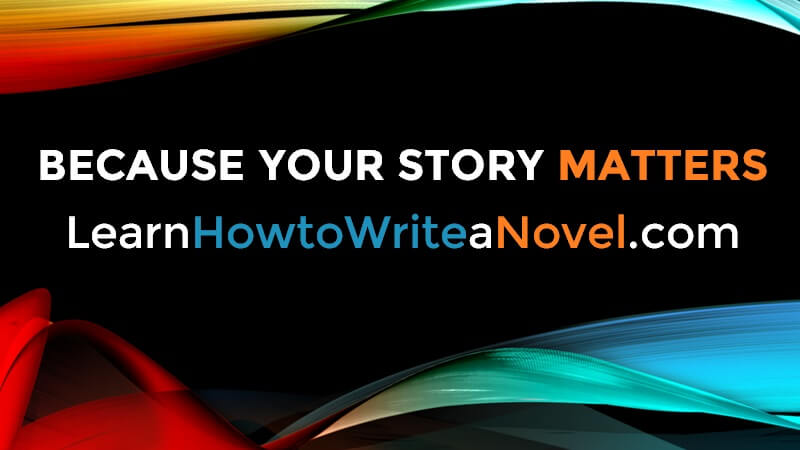

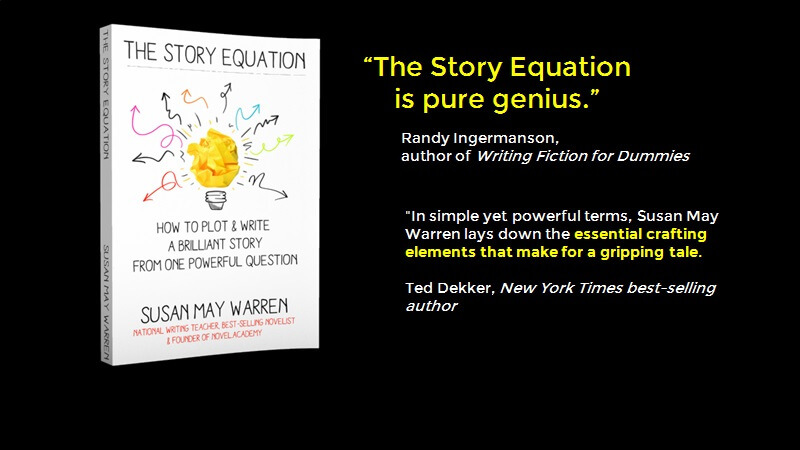


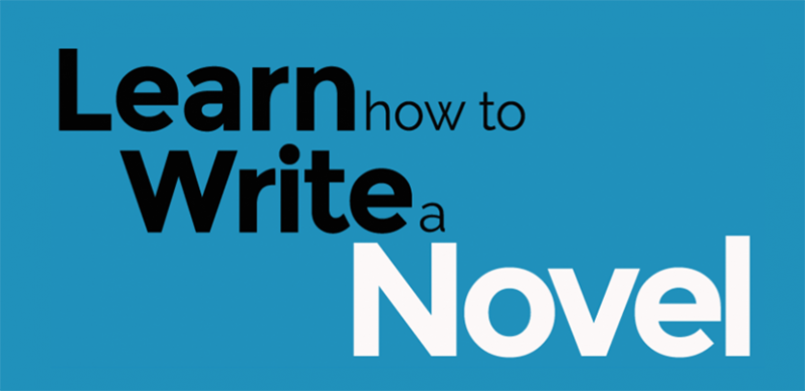


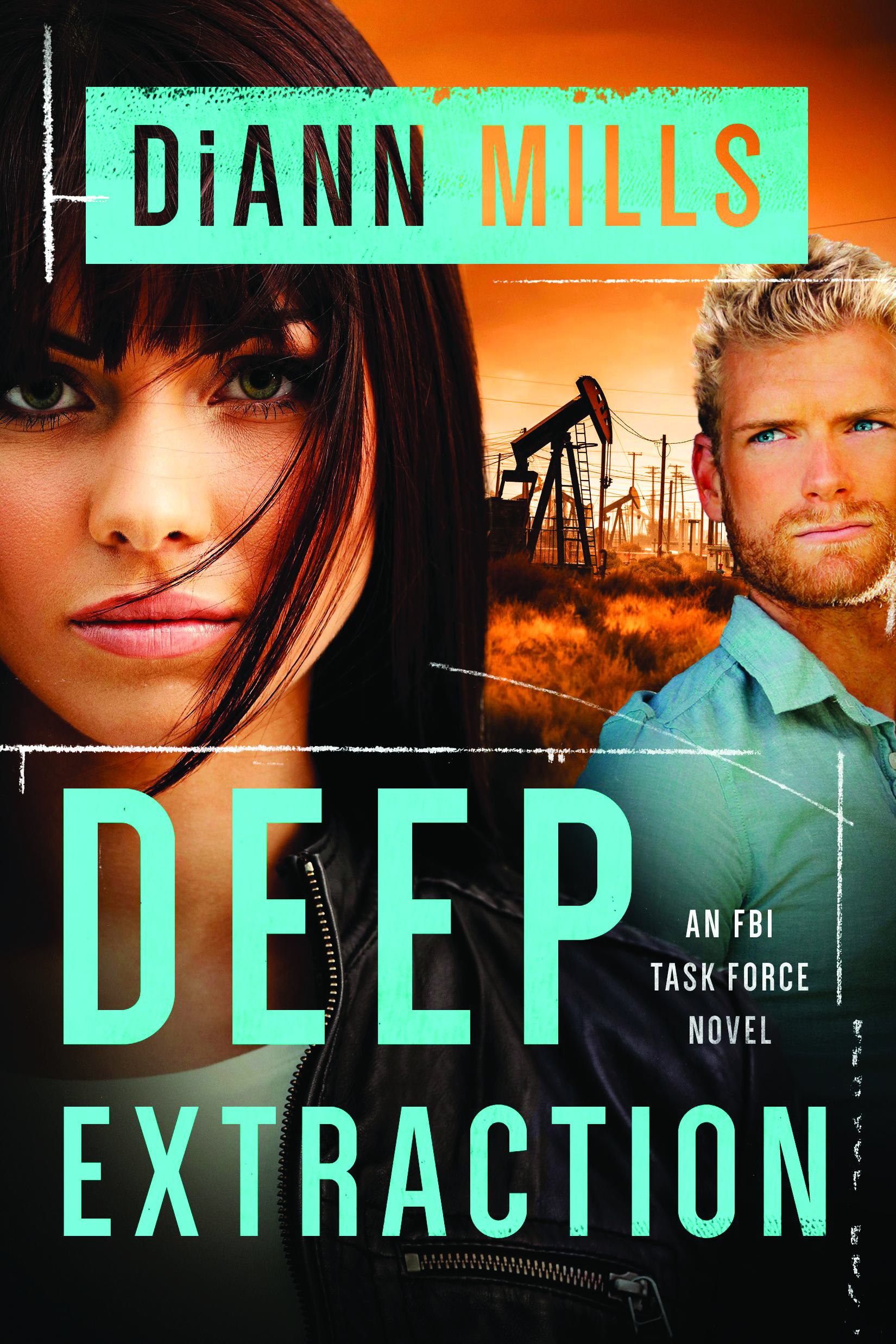
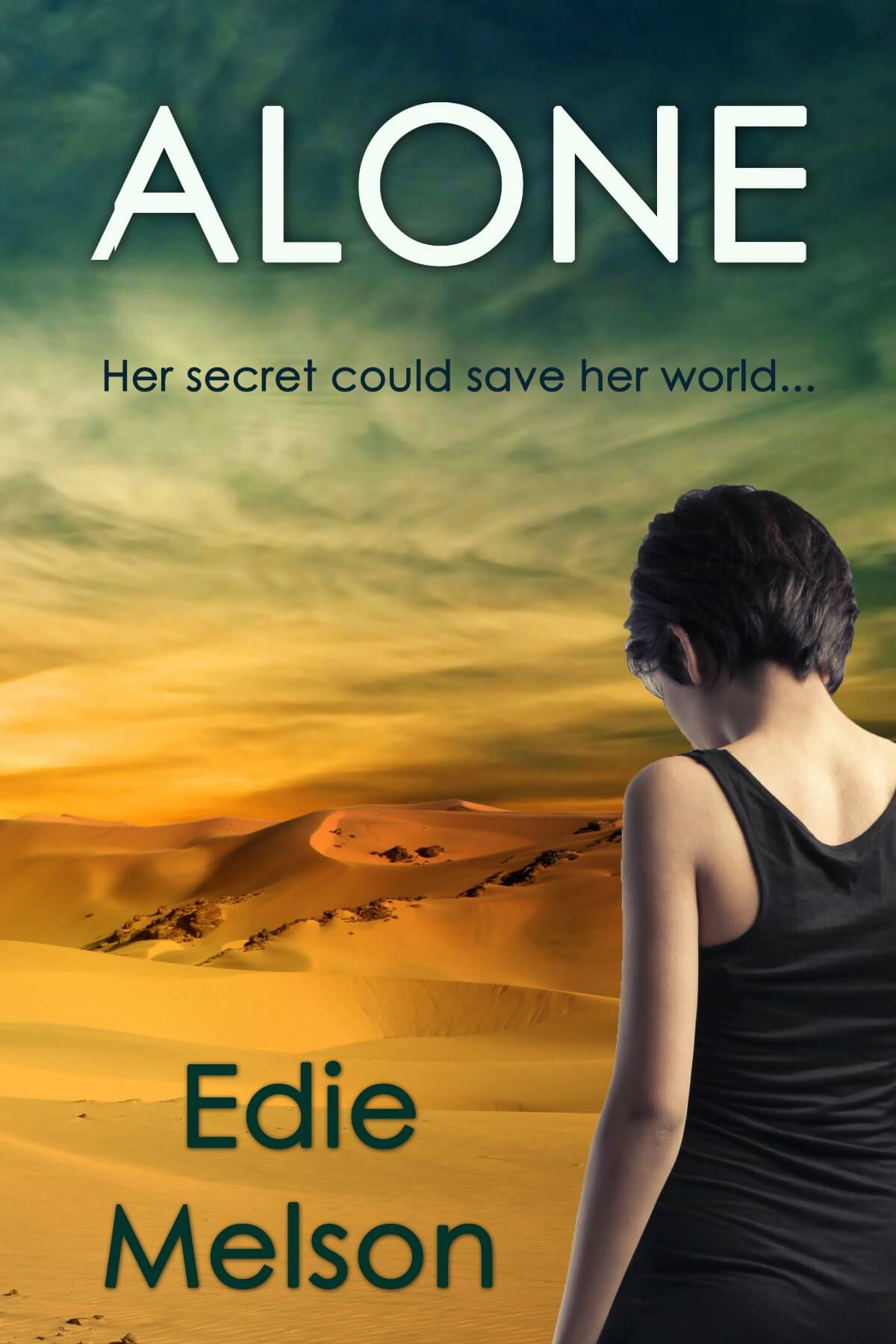









0 comments:
Post a Comment
Don't be shy. Share what's on your mind.